Canon has developed a CMOS sensor with an “industry-leading” dynamic range (24 stops). The sensor incorporates an innovative automatic exposure optimization function for each of its 736 areas, that improves accuracy for recognizing moving subjects, and allows ultra-high DR with better power consumption. Will this sensor be implemented in the Cinema EOS cameras?
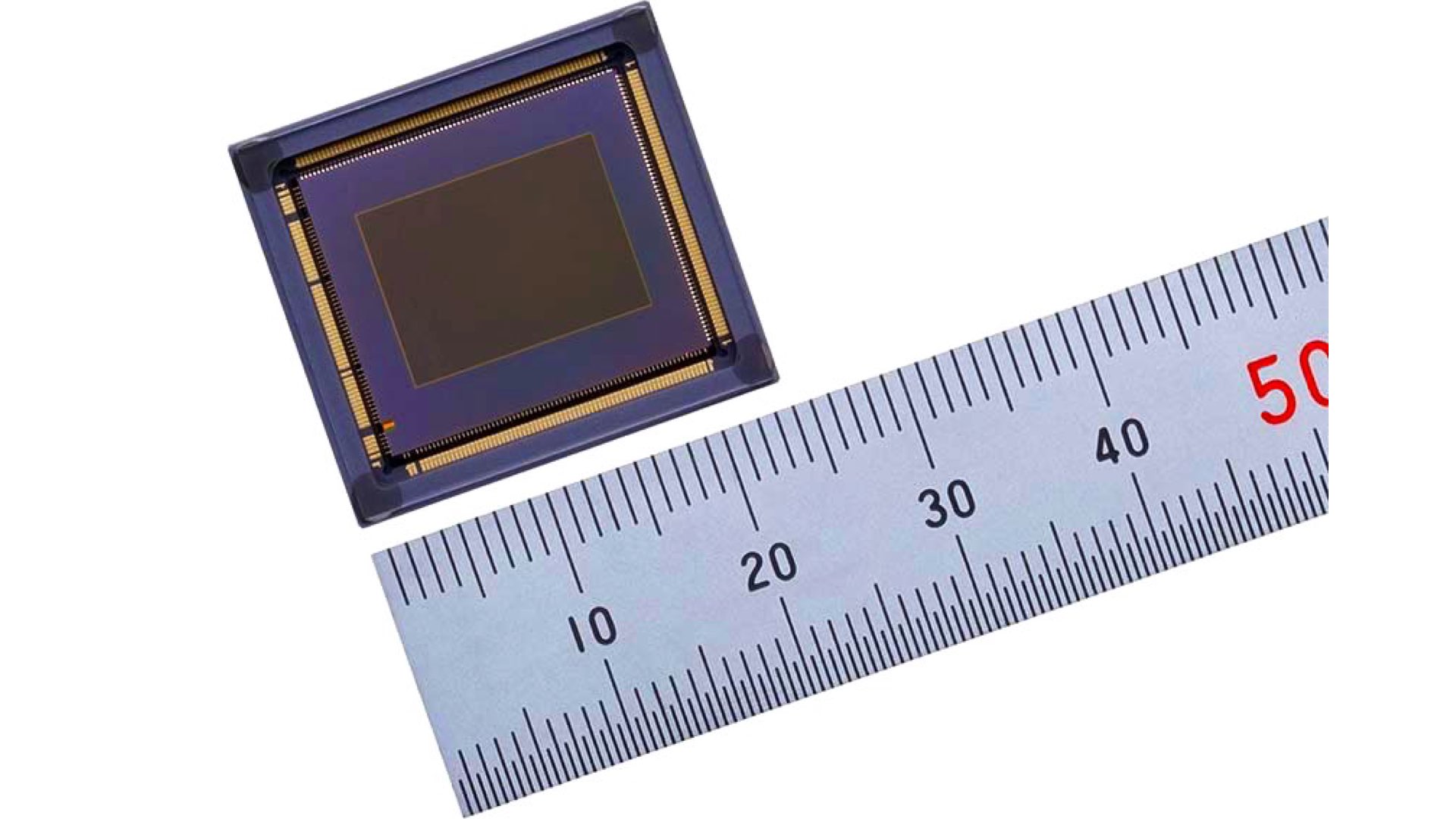
New 1-inch 4K ultra HDR sensor
Quietly, under the radar, Canon has developed a 1.0-inch, back-illuminated stacked CMOS sensor, that achieves an effective pixel count of approximately 12.6 million pixels (4,152 x 3,024) and provides an industry-leading dynamic range of 148 decibels(dB), which equates to more than 24 stops! The new sensor utilizes a new technology that divides the image into 736 areas and automatically determines the best exposure settings for each area. This eliminates the need for synthesizing images, which is often necessary when performing high-dynamic-range (HDR) photography in environments with significant differences in brightness, thereby reducing the amount of data processed and improving the recognition accuracy of moving subjects. In short: An ultra HDR sensor, that consumes less power, and is capable of an exceptionally high value of DR. This new methodology revolutionizes capturing technology which can be implemented on high-end video cameras as well.
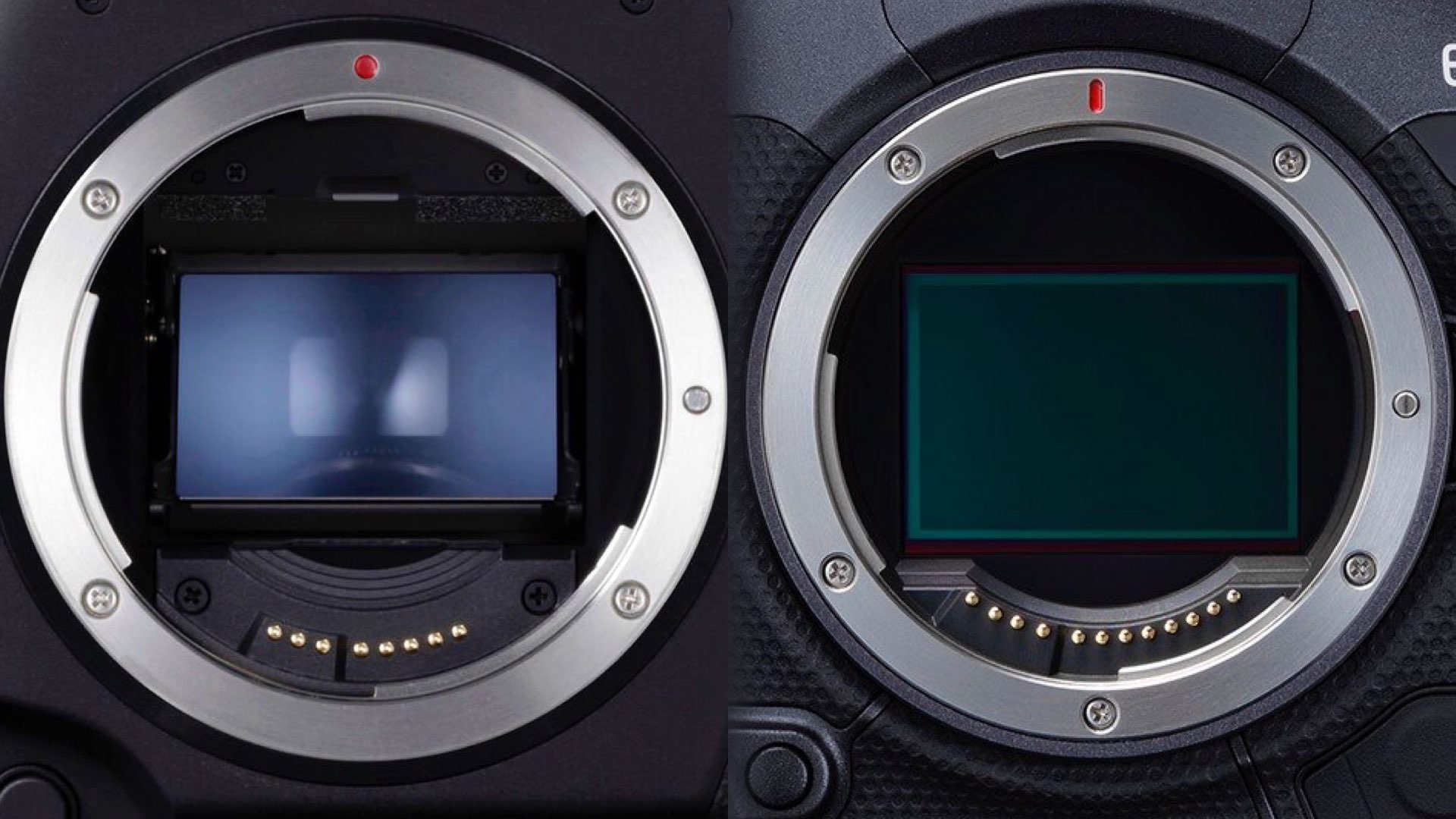
24.6 stops of DR
The new sensor realizes a dynamic range of 148 dB—the highest-level performance in the industry among image sensors for monitoring applications (The dynamic range at 30 fps is 148 dB. Dynamic range at approx. 60 fps is ‘only’ 142 dB), and it is capable of image capture at light levels ranging from approximately 0.1 lux to approximately 2,700,000 lux. Decibels are, like f-stops, a logarithmic system, so 6.02dB is equal to double the signal level. Hence, to convert the dynamic range from f-stops into decibels (dB), multiply the dynamic range in f-stops by 6.02 (20 log10). For instance, the 17-stop of the ALEXA 35 equals the dynamic range of 102.34dB (17×6.02). That’s considered a very high value. Now, for comparison, take the 148 dB declared by Canon regarding its new sensor, and you are getting a pretty insane value of the dynamic range, which is equivalent to 24.6 stops (148/6.02)! That is more than the human eye. Amazing!
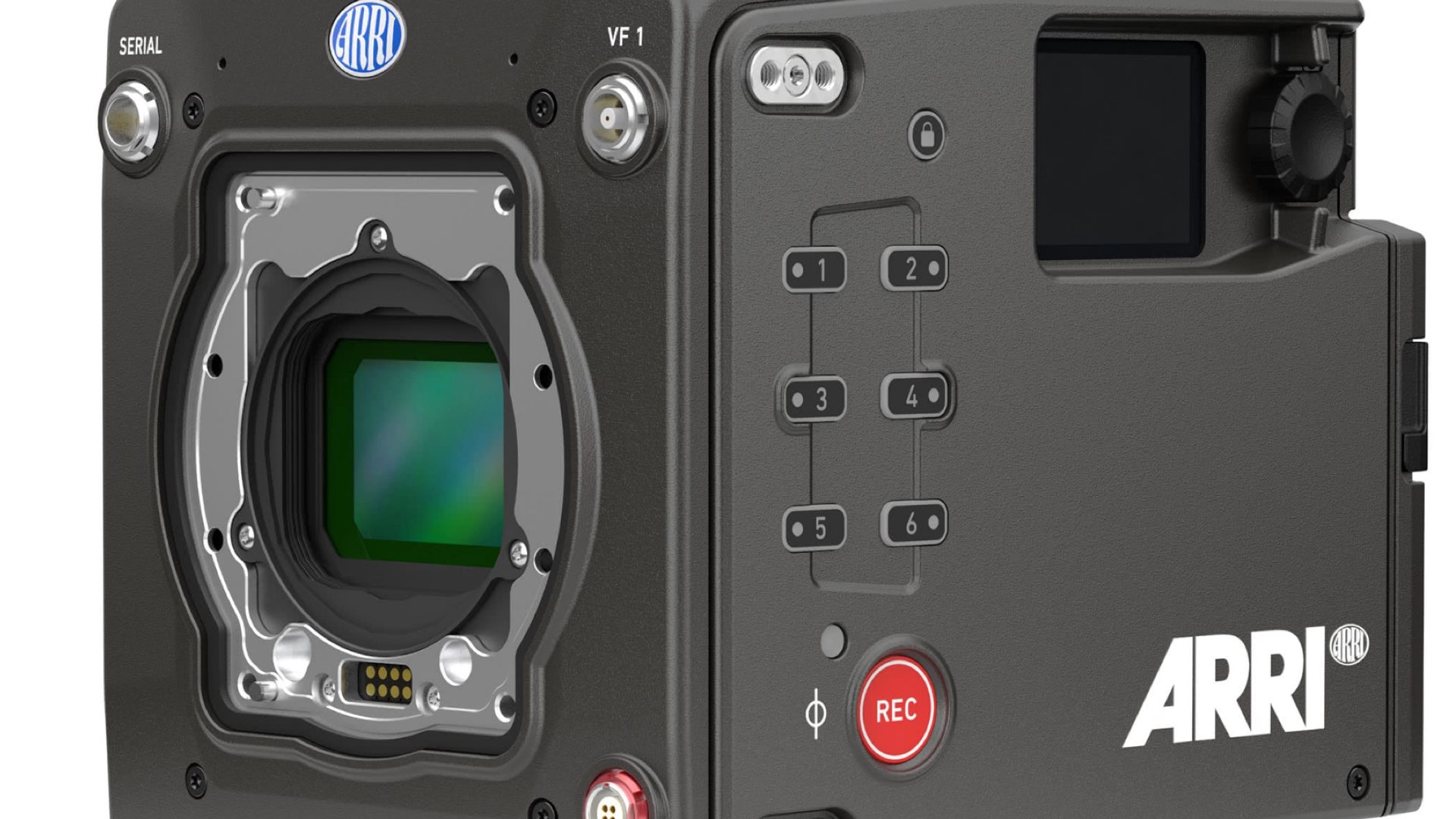
The 17-stop of the ALEXA 35 equals the dynamic range of 102.34dB (17×6.02). That’s considered a very high value. Now, for comparison, take the 148 dB declared by Canon regarding its new sensor, and you are getting a pretty insane value of the dynamic range, which is equivalent to 24.6 stops (148/6.02)!
Dividing the sensor into 736 distinct areas
Here’s how Canon describes this new technology: “In order to produce a natural-looking image when capturing images in environments with both bright and dark areas, conventional high-dynamic-range image capture requires taking multiple separate photos under different exposure conditions and then synthesizing them into a single image. Because exposure times vary in length, this synthesis processing often results in a problem called ‘motion artifacts’, in which images of moving subjects are merged but do not overlap completely, resulting in a final image that is blurry. Canon’s new sensor divides the image into 736 distinct areas, each of which can automatically be set to the optimal exposure time based on brightness level. This prevents the occurrence of motion artifacts and makes possible facial recognition with greater accuracy even when scanning moving subjects”.
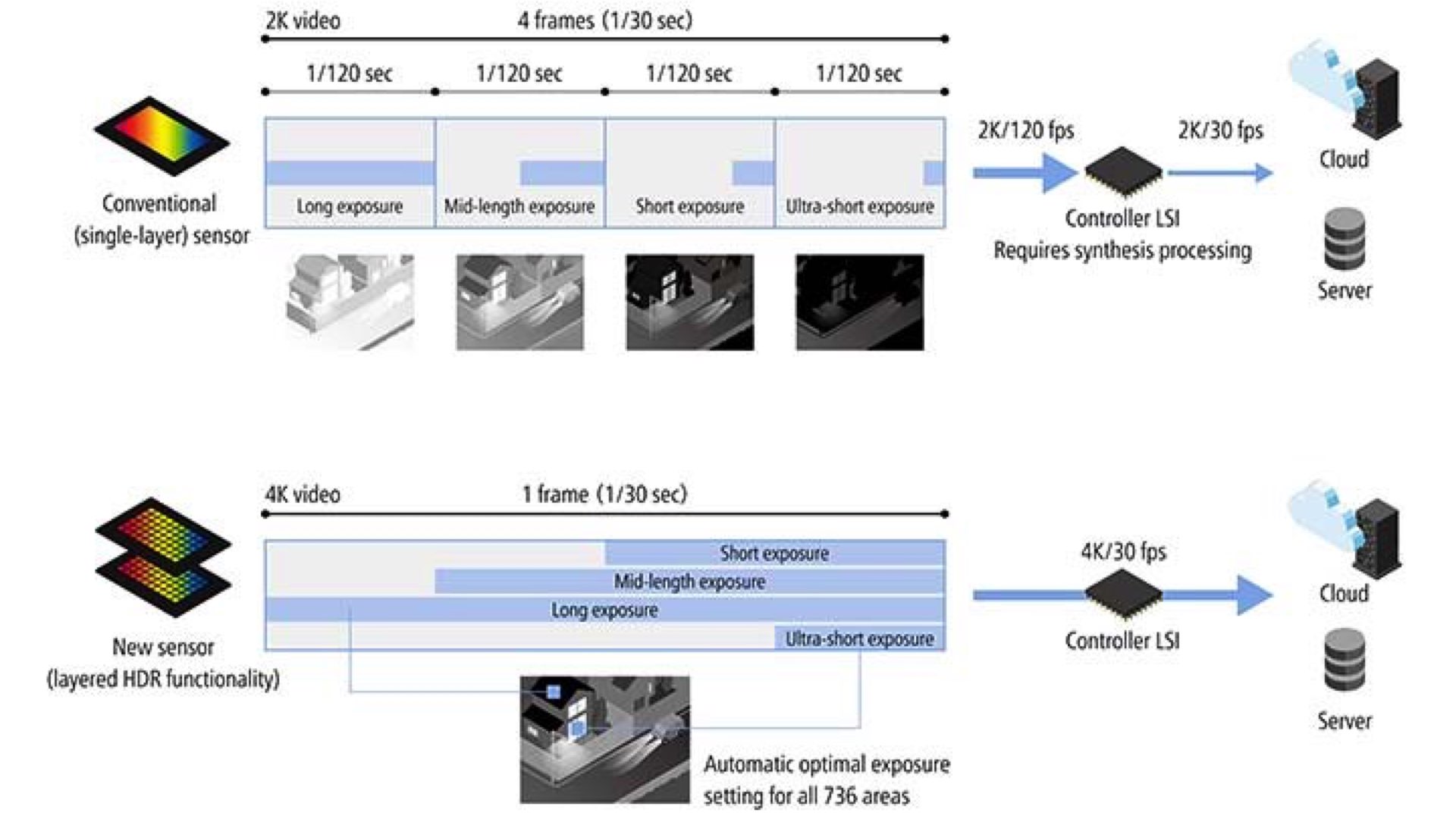
Canon’s new sensor divides the image into 736 distinct areas, each of which can automatically be set to the optimal exposure time based on brightness level.
The Technology
As explained: With conventional sensors, in order to produce a natural-looking image when capturing images in environments with both bright and dark areas, high-dynamic-range image capture requires taking multiple separate photos under different exposure conditions and then synthesizing them into a single image (In the diagram above, four exposure types are utilized per single frame). However, with Canon’s new sensor, optimal exposure conditions are automatically specified for each of the 736 areas, thus eliminating the need for image synthesis. Explore the diagram above that demonstrates this methodology.
The methodology behind per-area exposure
A portion in which the subject moves is detected based on discrepancies between the first image (one frame prior) and the second image (two frames prior) to generate a movement map. In the first image (one frame prior) brightness of the subject is recognized for each area and a luminance map is generated. After ensuring difference in brightness levels between adjacent areas are not excessive (Reduce adjacent exposure discrepancy), exposure conditions are corrected based on information from the movement map, and final exposure conditions are specified. Final exposure conditions are applied to images for corresponding frames.
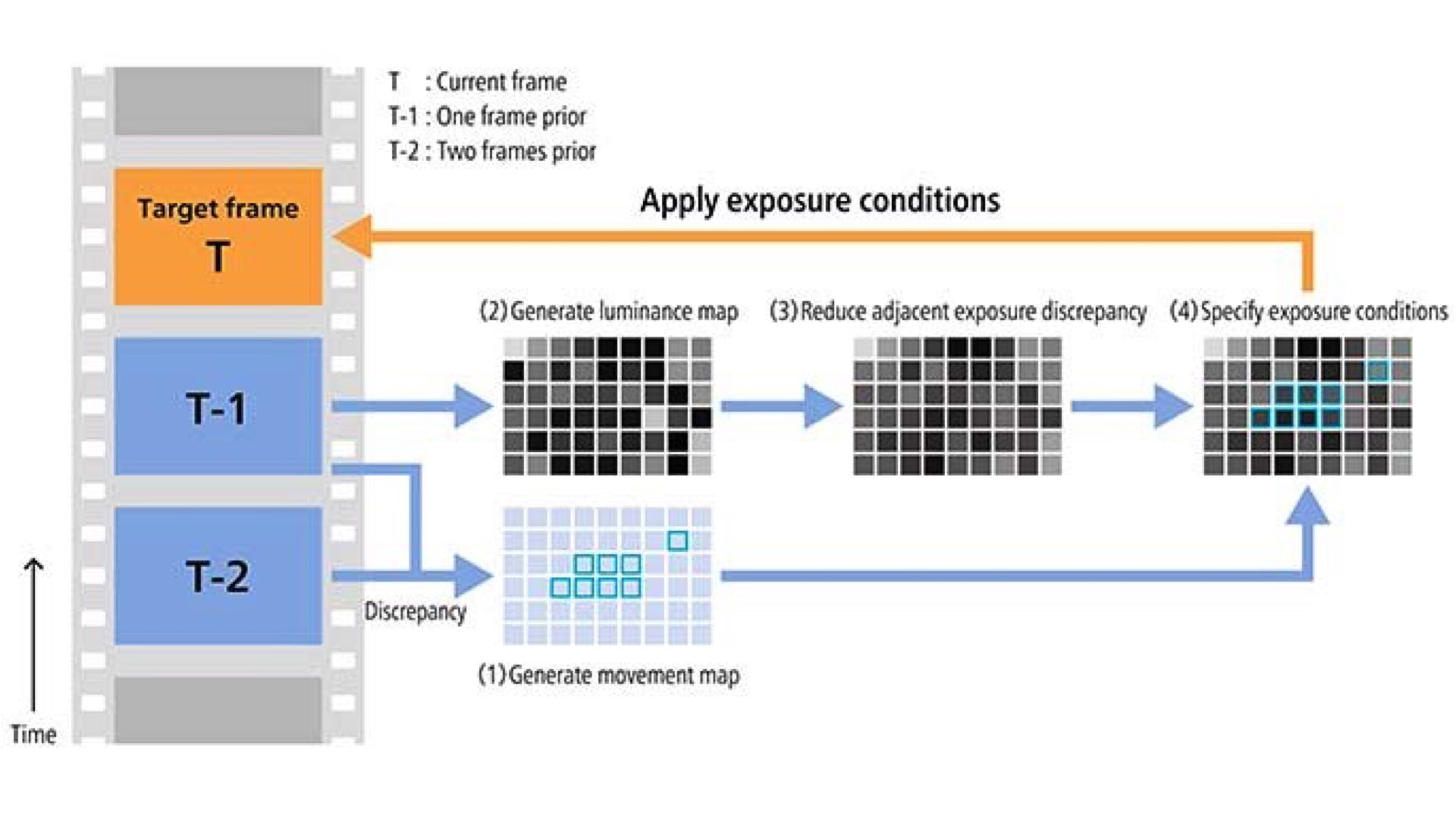
Closing thoughts
Canon’s new sensor with the layered HDR functionality can be defined as a disruption in the image sensor market. Dividing a sensor into hundreds of areas in order to optimize the sensor’s exposure, with the goal of a significant elevation and improvement of the dynamic range, seems like an innovative approach for image capture. Furthermore, as a bonus, you’re getting a powerful sensor with reduced power consumption, since there’s no need to synthesize exposure levels. Canon says that this sensor was developed for industrial use. However, this technology can be implemented on its EOS cameras as well. Imagine a Cinema EOS with 24 stops of DR. That would be an impressive piece of camera gear…



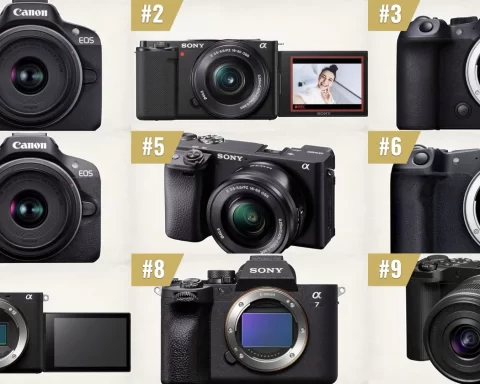






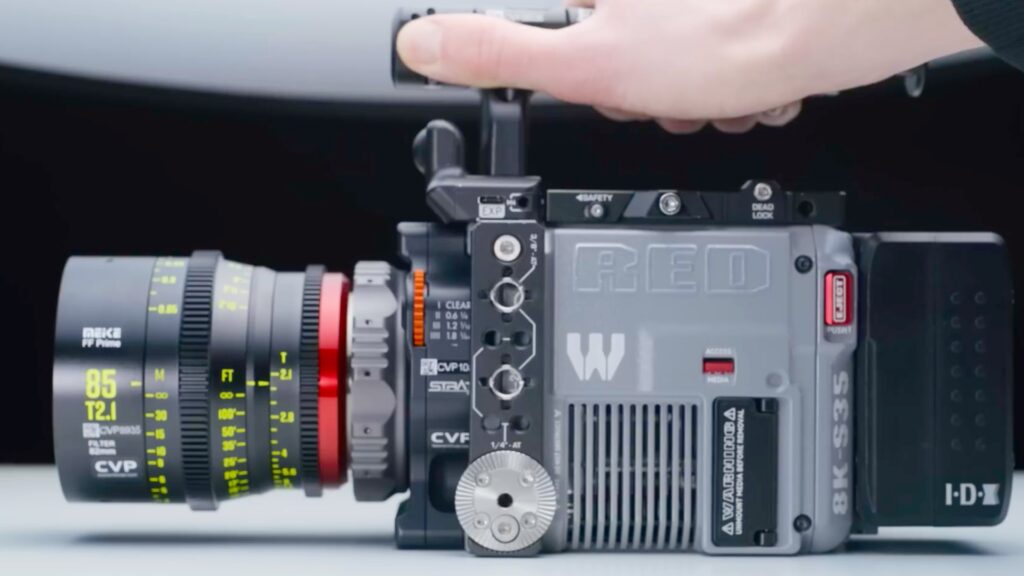
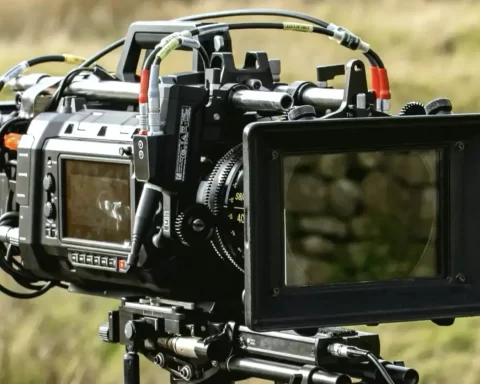


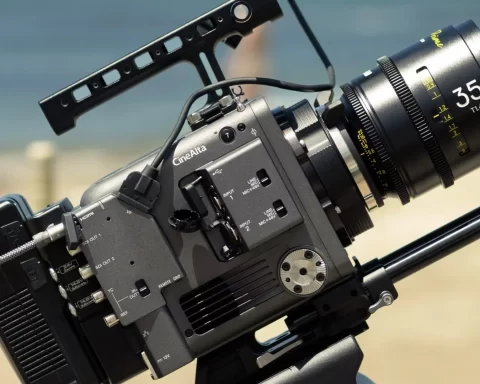


I wouldn’t be at all surprised if Canon has a “true” Cinema camera in the works which competes with Alexa
and Venice cause this could be game changing for vine cameras. I think Canon is being cagey regarding industrial use. Would love to see as a test of the technology an Alexa fitted with one of these sensors to
Which would showcase the Dynamic Range difference
Which might increase demand to produce and market these sensors of course providing Canon doesn’t have their own camera in the works.
The long exposure parts of the image would look “smeary” because of motion blur and the bright spots would “jitter”. There is a reason this is being developed for industrial use.
Many ‘cinema sensors’ were developed from ‘industrial sensors’, and those ‘industrial sensors’ prepared the ground for cinema capture. Let’s wait and see…
There’s a difference between sensor DR and system DR. Stray light bouncing around inside a lens reduces DR, which is why no camera DR will likely ever measure significantly greater than that of the Alexa 35.